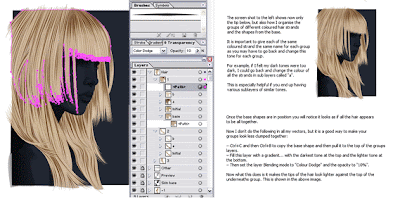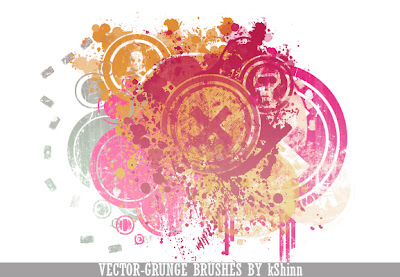
No one bothers to think too much about Little Orphan Annie anymore. Decades ago, Harold Gray's classic comic strip was analyzed, categorized and handed over to the domain of the archivists and historians.
Yet, judged by today's artistic standards, LOA is fresher, more powerful, and visually stronger than many current graphic novels and underground comix. Gray's epic saga of America during the Depression, World War II and the cold war is downright fashionable:
1. Today, slick artistic skill isn't valued as much as a distinctive personal voice. Gray's art was about as distinctive and personal as you can get. He drew human beings that looked like tree trunks (and what's with those eyeballs??) His art appeared freakish compared with other strips of his day, yet today it seems perfectly at home next to the art of R. Crumb or even Gary Larson's Far Side:

2. Today's readers adore Frank Miller's noir style, with his dark view of human nature and his anti-establishment rhetoric. Gray used similar ingredients (minus the garter belts) to make equally gritty, noir pictures. Note how beautifully Gray depicts Death at the door:

I love the hoodlums in this depression-era train yard:

And here is Gray's equivalent of Sin City, circa 1944:

3. Today's readers favor stories by opinionated writer/artists who spin out personally meaningful sagas. Gray probably invested more of his personal philosophy in his strip than any other comic artist of the 20th century. An endearing combination of Ayn Rand, John Bunyan and Charles Dickens, Gray hardly let a week go by without sermonizing about the virtues of self-reliance or the hypocrisy of society.

Some readers complained bitterly about his politics but Gray would not be deterred. Al Capp, creator of Li'l Abner, recalls that Gray took him aside when Capp was just getting started:
I know your stuff, Capp. You're going to be around a long time. Take my advice and buy a house in the country. Build a wall around it. And get ready to protect yourself. The way things are going, people who earn their living someday are going to have to fight off the bums.No matter where he is categorized, I will always view Gray as an extremely talented and insightful artist. In the following panel, I love how the word balloons curl around the corner, how the cluster of eavesdropping hoodlums form a parabola, and how two random alley cats occupy center stage:

Another typical Gray panel: a surrealistic discussion between an eight foot mystic and a war profiteer, while (a rather freakish looking) Annie listens:

Gray's work may seem crude at first, but it has many nice and subtle touches. Note how Gray conveys the spinelessness of the two lackeys in the following panel:

Little Orphan Annie is an epic American achievement by a vivid storyteller and a genuine eccentric. It might be a good choice for a modern reader of graphic novels looking to upgrade to something better.

After Gray died in 1968, the strip was continued (sometimes under the name Annie ) by a series of different artists (including the great Leonard Starr) but talent can only go so far to compensate for natural born weirdness.
































